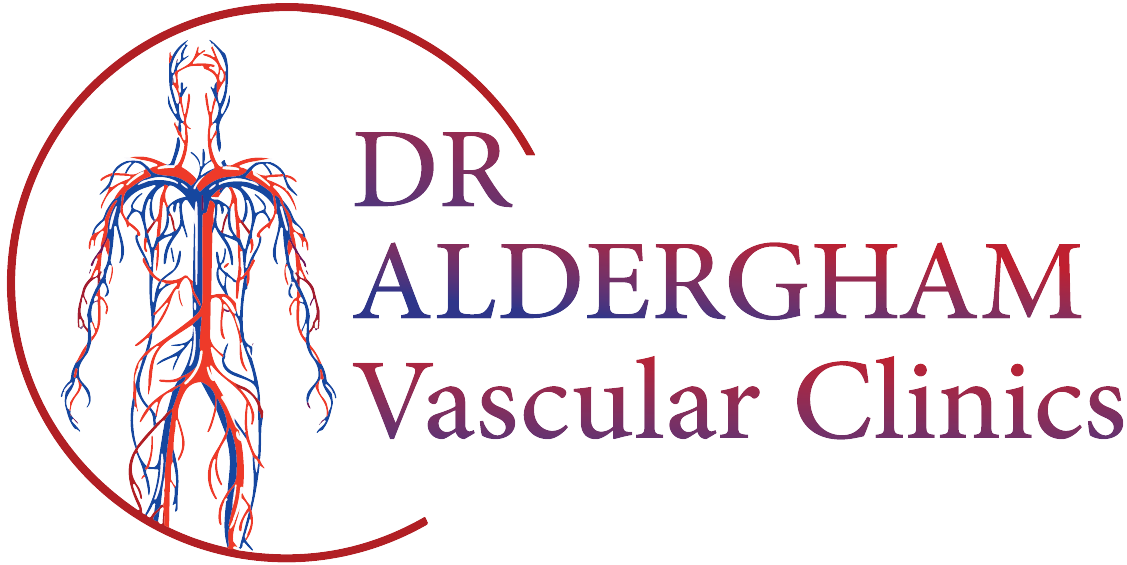Chronic Limb-threatening Ischemia (CLTI) was previously called Critical Limb Ischemia (CLI). CLTI is the end-stage of Peripheral Artery Disease (PAD). It is a severe condition that increases the risk for limb loss or major amputation. What is Ischemia? Understanding CLTI begins with ischemia (i-ski-me-ah). Ischemia is a severe condition in which there is not enough blood flow and oxygen to…
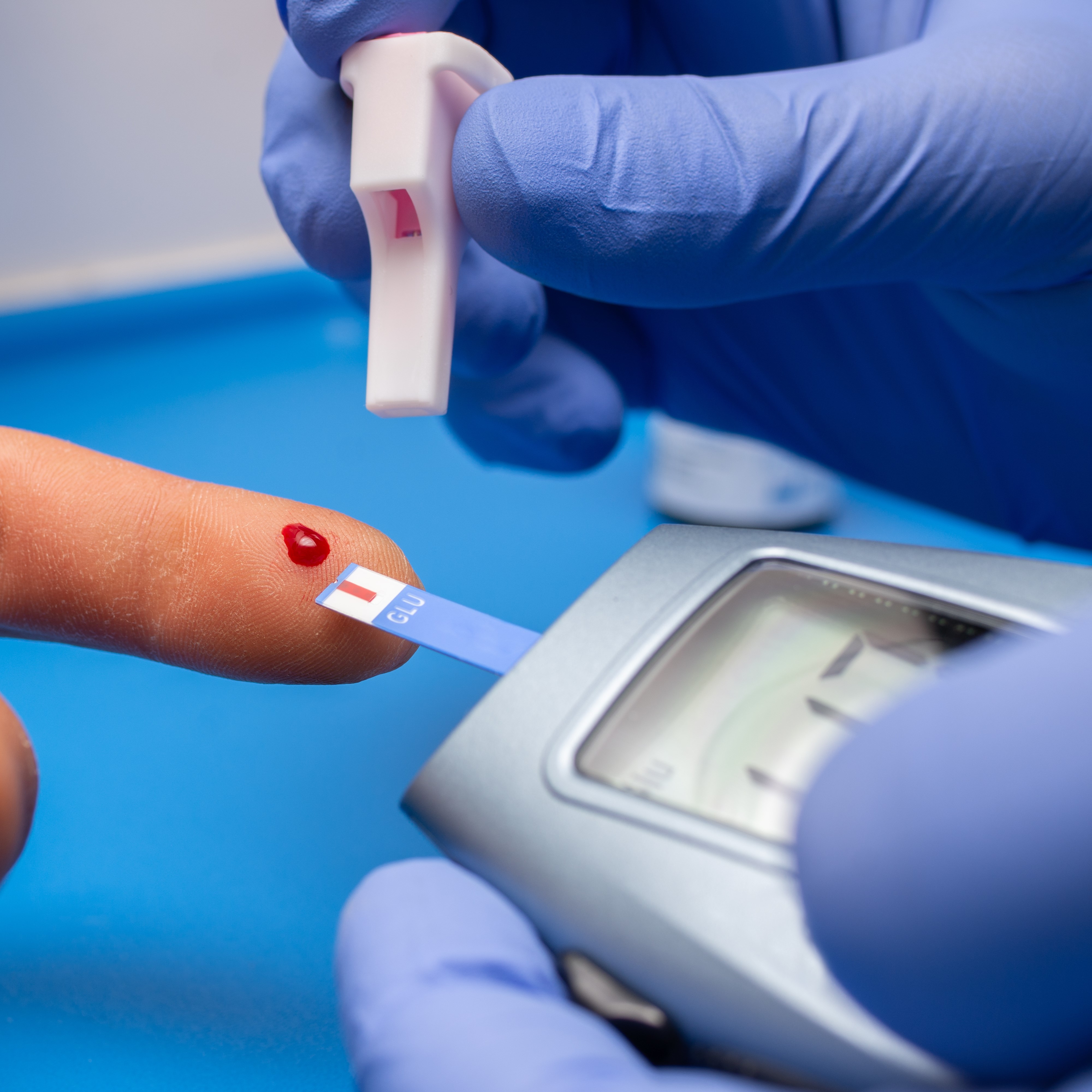
Diabetes is a disease in the body where blood sugar (glucose) in your body is too high. High blood sugar can increase your risk for vascular disease. Diabetes increases the risk for developing atherosclerosis. Atherosclerosis happens when arteries harden or narrow from a build-up of a fatty, stick substance called plaque. People who have diabetes may also have high cholesterol.…
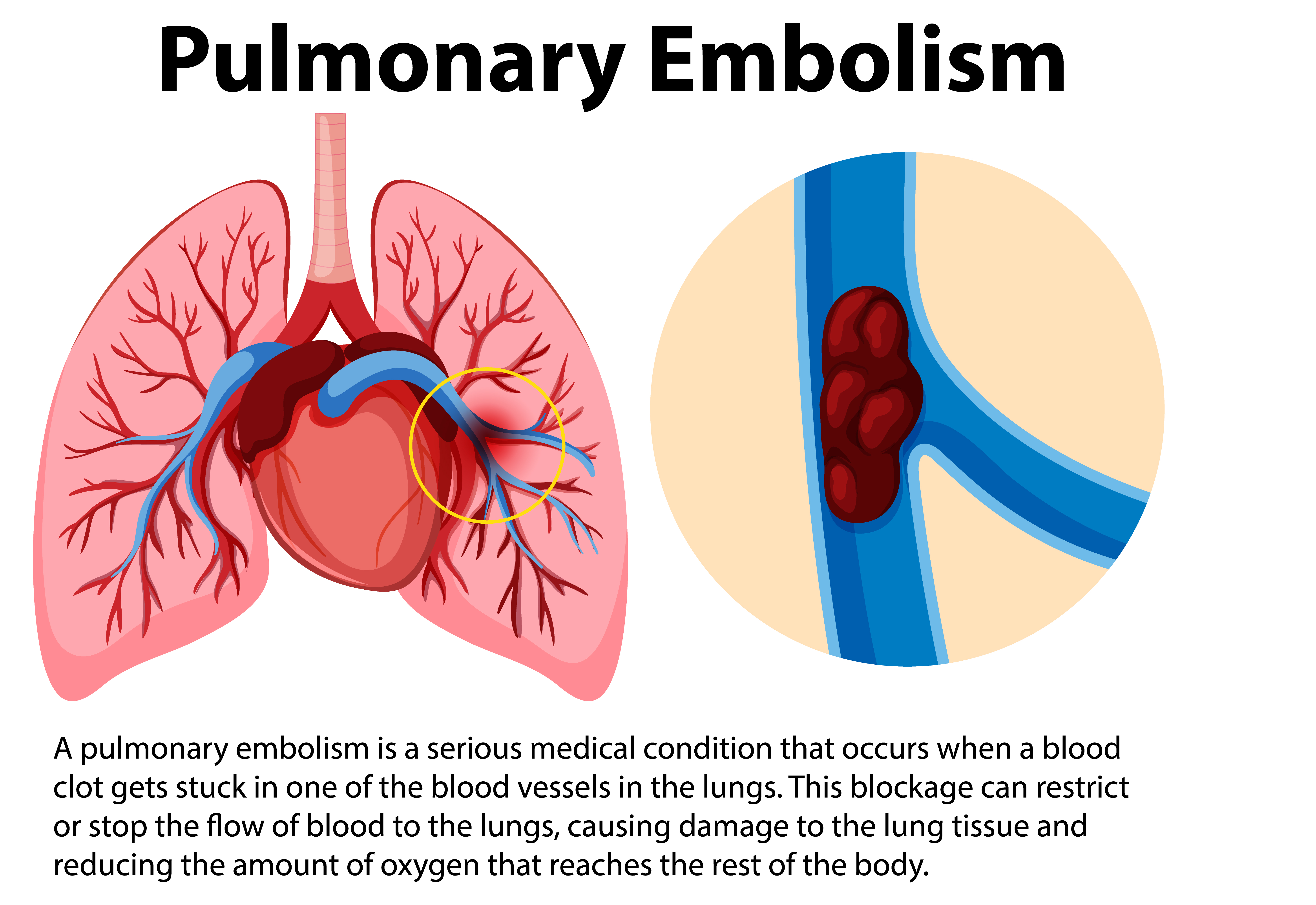
A pulmonary Embolism (PE) is a blood clot that lodges in the lung arteries. The blood clot forms in the leg, pelvic, or arm veins, then breaks off from the vein wall and travels through the heart into the lung arteries. Most PEs are due to pelvic and upper leg blood clots that first grow to a large size in…
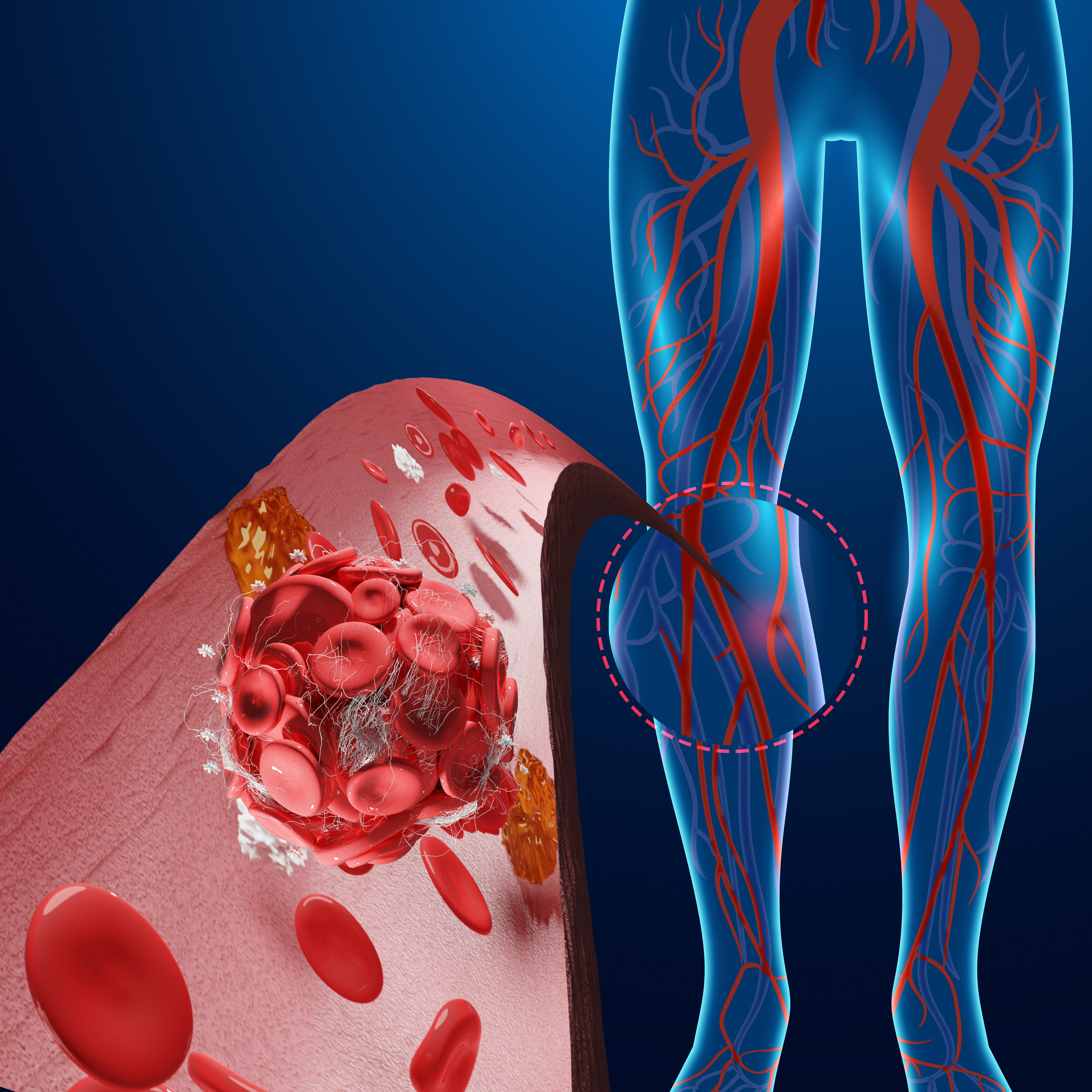
There are many different types of vascular disease. Some are caused by lifestyle factors, like level of physical activity and diet. Others are caused by genetics. And sometimes the onset of vascular disease can be linked to both, and to other factors as well. That’s why it’s important to learn about the different types of vascular diseases and to speak…
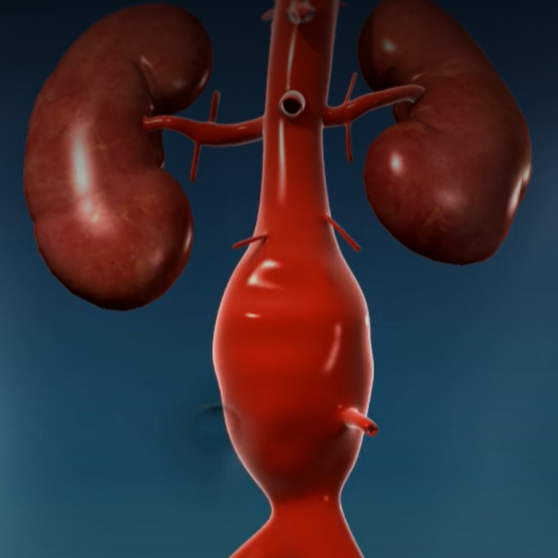
Abdominal Aortic Aneurysms (AAA) are caused by progressive weakening of the aortic wall creating a “ballooning” of the vessel. What is an Abdominal Aortic Aneurysm? The aorta is the largest blood vessel in the body. It is the main artery that carries blood from the heart to other areas in the body, including the legs and feet. An aneurysm occurs…
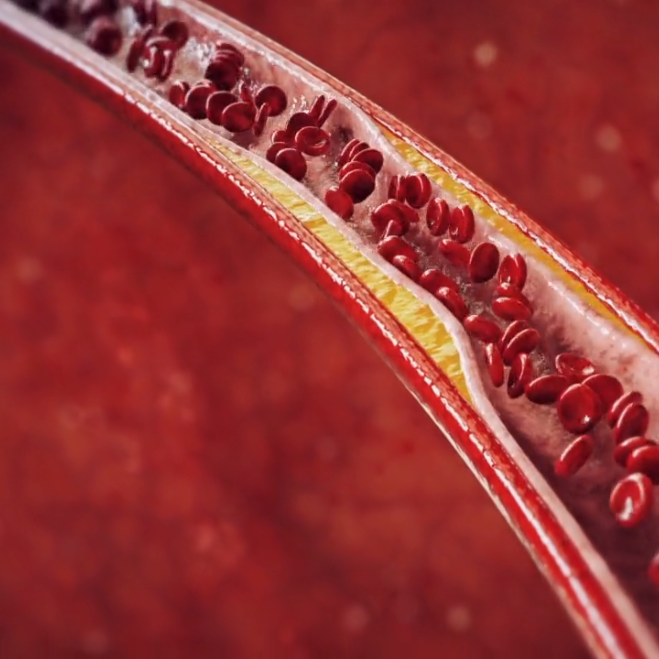
Overview Two large blood vessels, known as the “carotid arteries,” travel from your aorta up through your neck. There’s one on each side of your neck. They carry blood to your head and brain. In some people, these arteries become narrowed over time by a waxy build-up called “plaque.” When this happens, we say you have “carotid artery disease.” This…
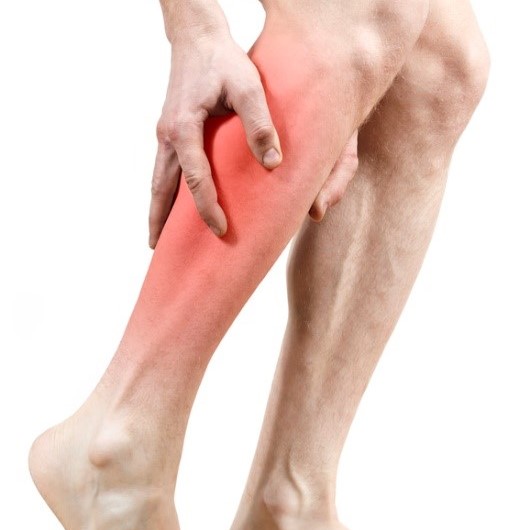
Overview This condition is a blood clot that forms in a vein deep inside the body. This type of clot most commonly develops in the legs. This condition is dangerous, because the clot can break free and travel through the bloodstream to the lungs. Causes and Risk Factors Deep vein thrombosis can be caused by factors that restrict proper blood…
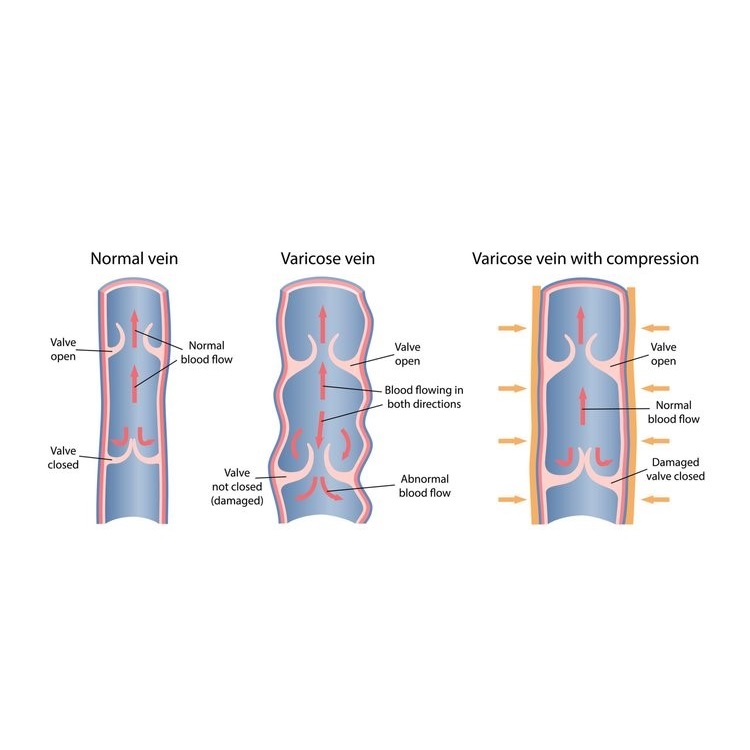
Varicose veins are enlarged, bulging superficial veins that can be felt beneath the skin, generally larger than 3-mm in diameter. If you’re over 40, you probably see them; those little purple veins that suddenly seem to appear on your legs. Veins are the soft, thin-walled tubes that return blood from the arms and legs to the heart. Because veins work…
